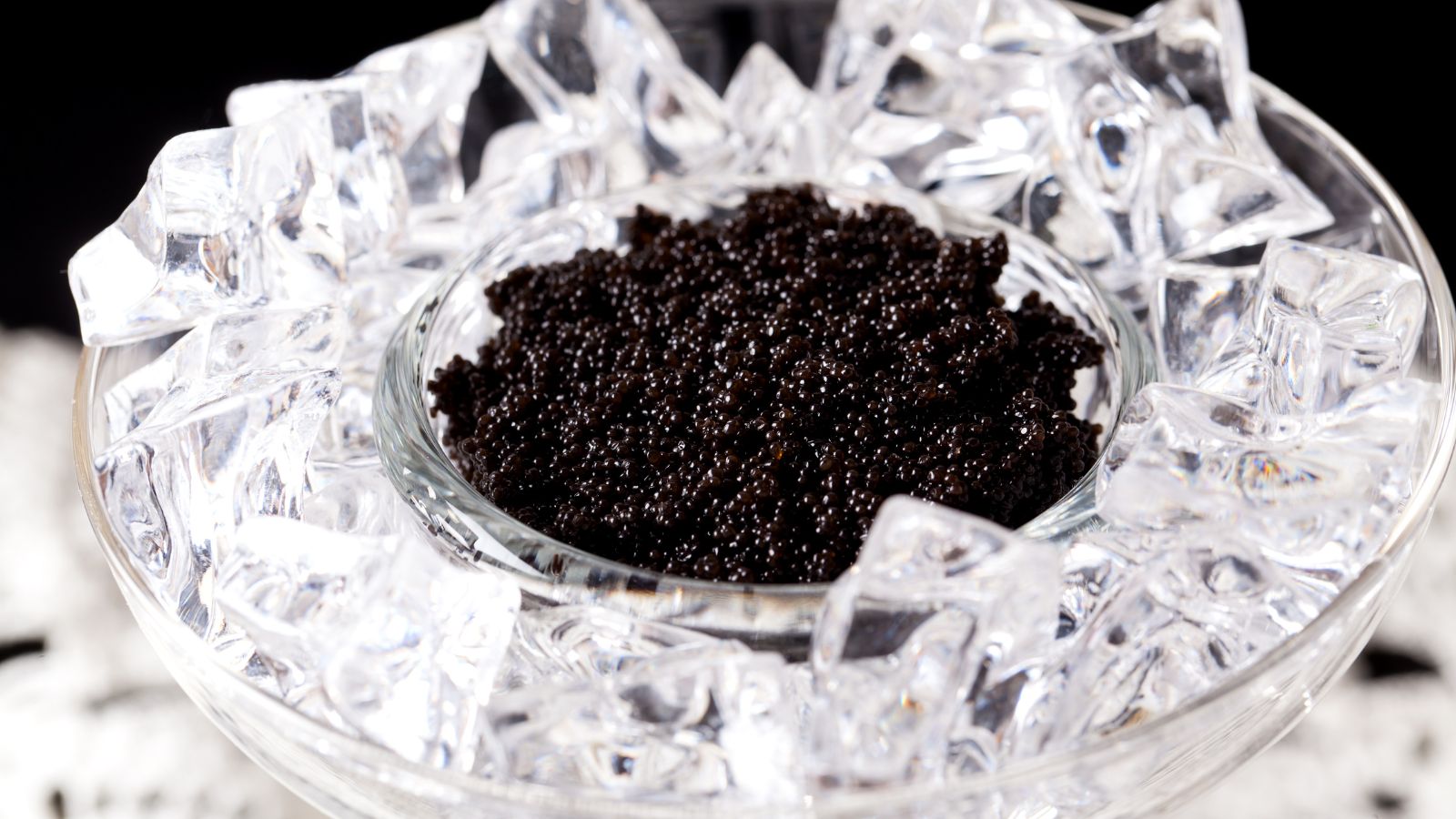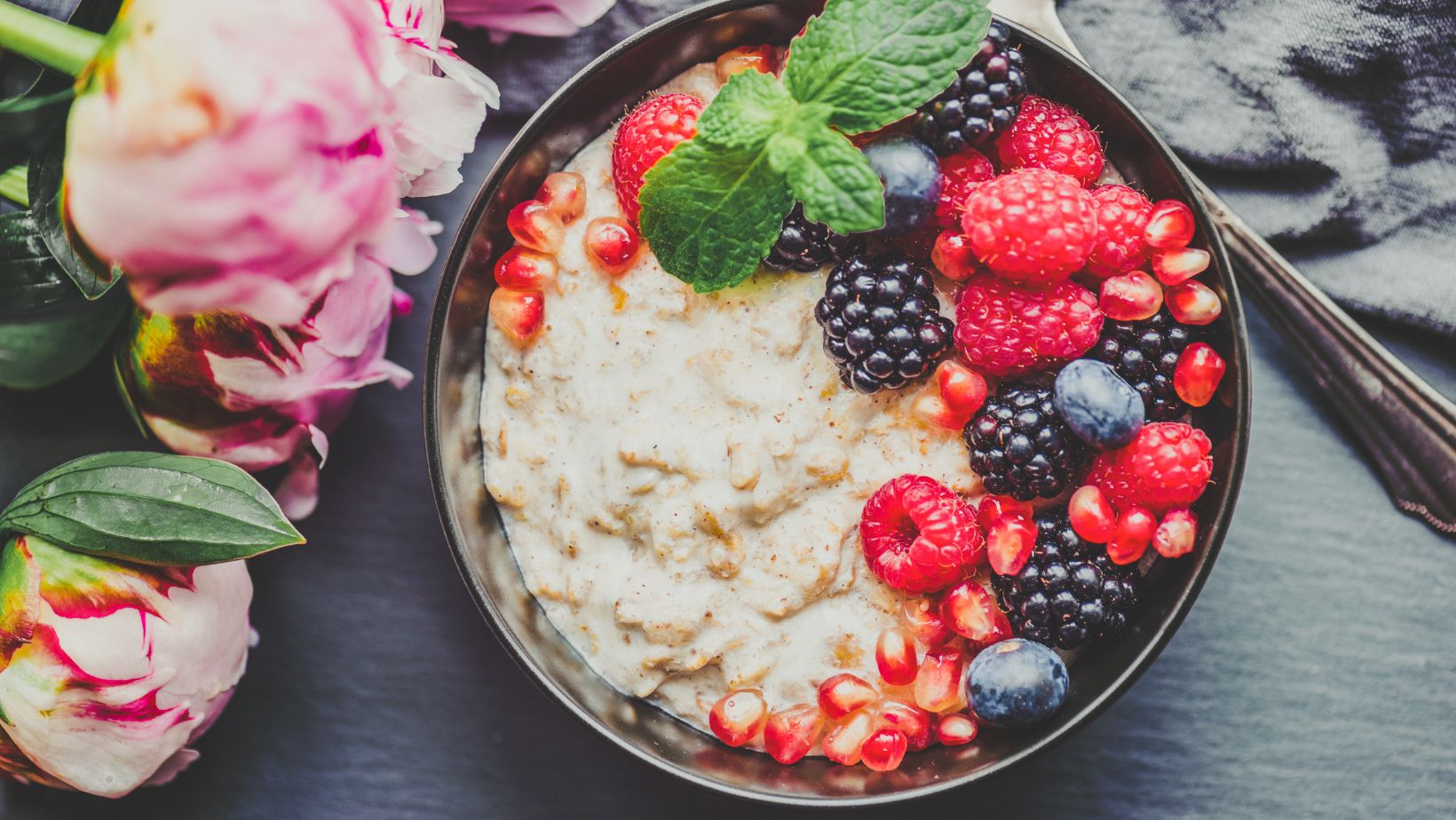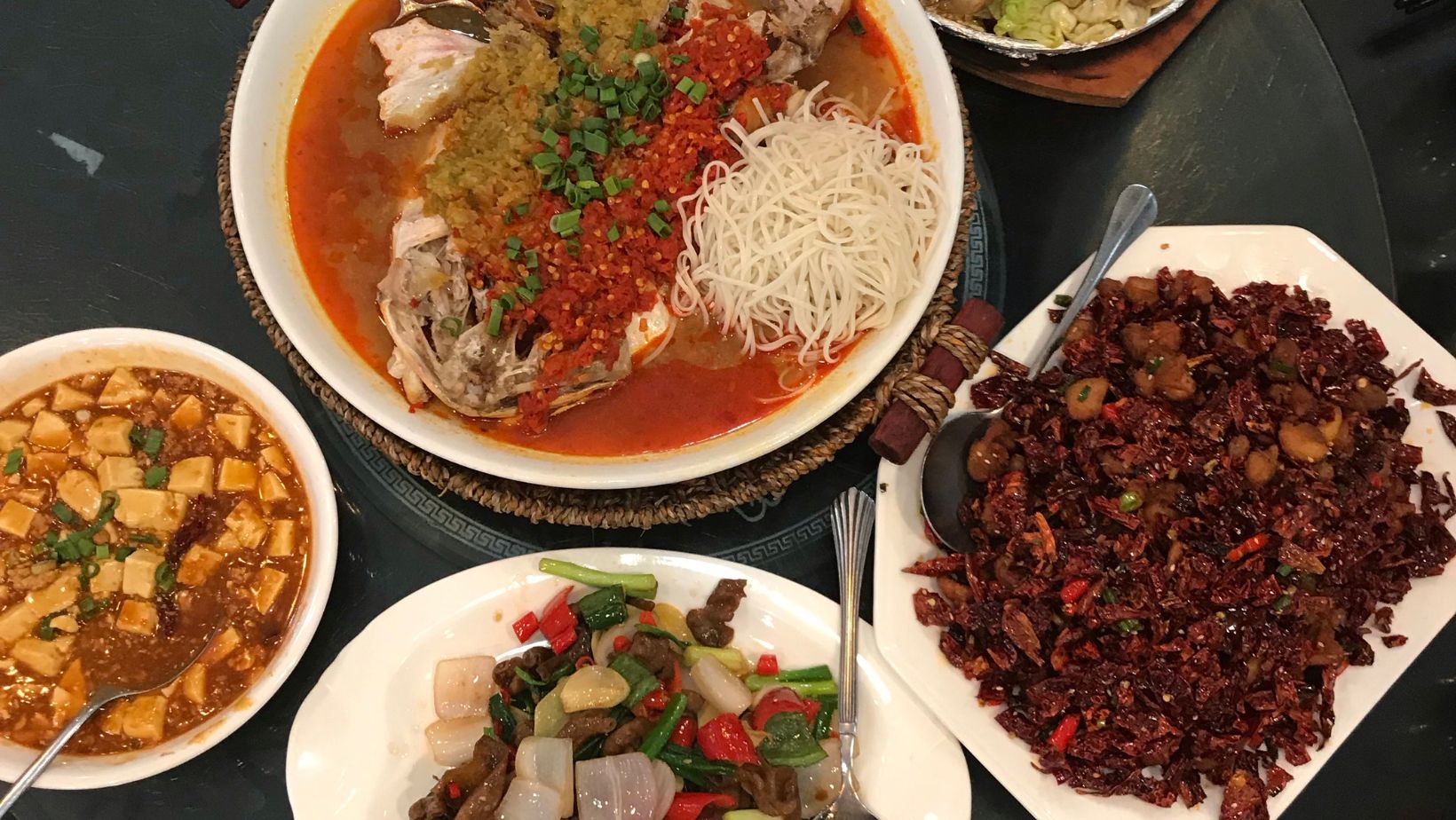Caviar at Brunch? Why Gourmet Breakfasts Are the Next Big Thing

Brunch has long been a social ritual, a luxurious middle ground between breakfast and lunch where weekends are savored with a latte in one hand and avocado toast in the other. But the culinary landscape is shifting. No longer content with the familiar fried eggs, pancakes, and mimosas, diners are seeking experiences that tantalize the palate, challenge the senses, and make brunch not just a meal, but an event. Enter gourmet breakfasts—a rising trend where caviar, truffle, foie gras, and other high-end ingredients are finding their way into morning menus.
The idea of luxury breakfasts is not entirely new. For centuries, aristocrats and royalty indulged in lavish morning meals, often featuring exotic fruits, delicate pastries, and imported delicacies. However, in contemporary dining culture, breakfast was historically relegated to something simple: a cup of coffee, perhaps a bagel or cereal, and occasionally a diner-style plate of eggs and bacon. Gourmet brunch seeks to overturn that notion, merging the comfort of classic breakfast fare with the sophistication of fine dining.
Why Now? The Cultural Shift Toward Elevated Mornings
Several cultural factors have contributed to the rise of gourmet breakfasts. For one, the concept of “experiential dining” has gained traction. People no longer just eat for sustenance—they seek meals that are Instagram-worthy, conversation-starting, and memorable. Social media, particularly platforms like Instagram and TikTok, have amplified this desire. A photo of golden caviar atop a perfectly poached egg not only communicates refinement but also signals that brunch is an experience rather than a routine.
There’s also the increasing intersection of health consciousness and indulgence. Diners are seeking foods that are nutritionally thoughtful but also satisfy a craving for luxury. Items such as smoked salmon, quail eggs, or avocado with truffle oil marry wellness with decadence. This combination allows patrons to feel both virtuous and indulgent, a paradox that has proven irresistible in today’s dining climate.
Caviar: From Luxury to Brunch Table Staple
Caviar is perhaps the ultimate symbol of culinary opulence, often associated with champagne-soaked soirées and high-profile events. Yet, in gourmet brunches, it is taking center stage on items like scrambled eggs, blinis, and even breakfast sandwiches. Chefs are experimenting with subtle pairings—think a dollop of Beluga caviar over a cloud of whipped eggs, paired with a hint of chive or crème fraîche. The result is a dish that elevates breakfast from casual to ceremonious, where each bite delivers both flavor and status. Beyond its luxurious appeal, caviar benefits include being rich in omega-3 fatty acids, vitamins, and minerals, making it a surprisingly nutritious indulgence.
It’s not just about extravagance for its own sake. The introduction of ingredients like caviar invites diners to reconsider the potential of breakfast. It’s a meal historically associated with simplicity, but now it’s a canvas for creativity. Gourmet breakfasts challenge traditional perceptions of what morning fare can be, pushing culinary boundaries and redefining the brunch experience.
Beyond Caviar: Other Luxe Ingredients Making Waves
While caviar might be the headline act, it’s not the only luxury finding its way into morning meals. Truffle oil drizzled over scrambled eggs, foie gras paired with brioche toast, and gold leaf accents on pastries are becoming increasingly common in high-end brunch establishments. Even fruits like exotic berries or imported citrus are featured to add both flavor and visual appeal.

Coffee, too, has undergone a transformation. Specialty roasts, nitrogen-infused cold brews, and bespoke latte art complement these lavish meals. Pairing an ethically sourced single-origin coffee with a decadent breakfast dish creates a multi-sensory experience that heightens the perceived value of the meal. It’s a holistic approach: not just the food, but the beverages, presentation, and ambiance all contribute to a sense of luxury.
The Economics of Gourmet Breakfasts
From a business perspective, gourmet breakfasts are lucrative. Brunch is already a profitable dining segment because of its extended hours and leisurely pace, allowing restaurants to serve more courses and higher-end ingredients without the time pressures of lunch or dinner. Introducing luxury elements like caviar, truffles, and specialty cocktails can significantly increase check averages.
Moreover, high-end brunch experiences generate brand cachet. Diners are willing to pay a premium for a meal that feels exclusive and Instagram-ready. This trend is particularly evident in urban centers where food culture is vibrant, and patrons actively seek novelty in dining. Restaurants that embrace this model not only attract affluent customers but also gain free marketing through social media exposure—a modern form of word-of-mouth that can be invaluable.
Social and Experiential Dimensions
Gourmet brunch is about more than just food; it’s an event. People are increasingly treating brunch as a social ritual akin to theatre, where the presentation, ambiance, and company are as important as the flavors on the plate. The inclusion of luxurious ingredients like caviar enhances this sense of occasion, transforming a simple meal into a shared experience that feels celebratory.
This trend also taps into the growing desire for personalized dining experiences. Many establishments now offer tasting menus for brunch or allow guests to customize their dishes with premium toppings. This interactive element adds another layer of engagement, making diners feel involved and catered to, further enhancing the perception of luxury.
Challenges and Criticisms
Of course, not everyone embraces the idea of gourmet breakfasts. Critics argue that caviar on scrambled eggs may be excessive, or that luxury brunches promote culinary elitism. There’s also the environmental concern surrounding certain high-end ingredients, particularly caviar and foie gras, which carry ecological and ethical considerations. Restaurants addressing this trend must balance indulgence with sustainability, often opting for responsibly sourced or artisanal products.
Additionally, accessibility is a concern. Gourmet brunches are typically priced at a premium, which can make them feel exclusionary. However, many chefs are finding creative ways to make luxury elements approachable—offering small, shareable plates or limited-time offerings that allow a broader audience to experience elevated breakfast without breaking the bank.
The Future of Breakfast
Looking forward, the gourmet brunch trend seems poised to expand. As consumers continue to value experiences over mere consumption, and as social media amplifies the visual appeal of food, the demand for elevated breakfast offerings is unlikely to wane. We can expect further experimentation with flavor combinations, ingredient sourcing, and presentation styles. The line between breakfast and fine dining is blurring, and what was once an ordinary meal is now a platform for innovation and indulgence.
In conclusion, caviar at brunch is more than just a novelty—it symbolizes a broader shift in dining culture, one where mornings are celebrated with the same creativity, luxury, and attention to detail traditionally reserved for dinner. Gourmet breakfasts challenge our assumptions about what breakfast can be, offering both chefs and diners a playground for flavor, presentation, and social experience. The next time you sip your latte and contemplate the menu, don’t be surprised if you see truffle, foie gras, or even caviar waiting to redefine your morning. Brunch has arrived at a new level of sophistication, and it’s only just beginning.




